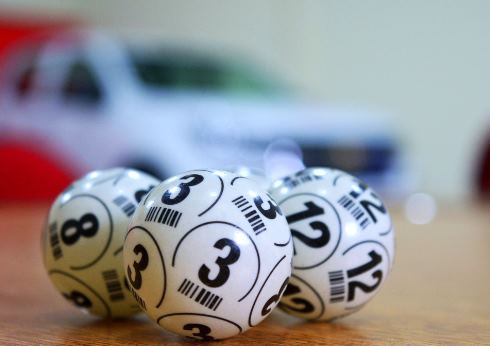Every lottery draw is random. In fact, if you look at any gambling and gaming activity, the results are never predictable. That?s the nature of the industry.
Every lottery draw is random. In fact, if you look at any gambling and gaming activity, the results are never predictable. That’s the nature of the industry. If you knew what was going to happen, it wouldn’t be a gamble and, in turn, it wouldn’t be very exciting.

As such, randomness is a key aspect of all gambling games. Live casinos have systems in place to make sure cards are shuffled and wheels are spun in a fair fashion. Similarly, online casinos use random number generators to ensure all games are fair. And, as we know, lotteries involve numbered balls being randomly drawn from a mixture. So, whichever angle you come at it from, casino-style games are unpredictable and that’s what makes them entertaining.
It’s Just Human Nature
However, as humans, we instinctively look for patterns. In fact, a study conducted by Arkady Konovalov at the University of Zurich found that our brains actually process patterns in a different way. Basically, we’re programmed to identify patterns and assign them a greater significance than other neural processes because we see them as a survival mechanism. With that being the case, it’s little wonder we look for patterns even if we know the results are random. For example, if you go online and scroll through the UK Lotto numbers history, there may be sequences that look like patterns. But, as we know, all draws are random.

These facts are indisputable. However, it’s also indisputable that randomness is measured across an infinite number of trials. That means anything can happen within a small sample size. For example, the odds of flipping a coin are 50/50. You could, however, flip it ten times and get tails ten times. This doesn’t mean it’s not 50/50 or unfair. It simply means that anything can happen over the course of a few flips. Indeed, if you flipped the coin 100,000 times, the odds dictate that the outcome should be 50/50. The same is true for lotteries. Over the long run, every number has an equal chance of being drawn. However, in the short term, that’s not always the case. Therefore, we have seen numbers appear more often than others and, in turn, certain patterns emerge.
The Most Popular Lottery Numbers in Europe
Ever since the first UK Lotto draw in October 2015, the following numbers have appeared most often:
- Number 52 = Drawn 77 times
- Number 8 = Drawn 74 times
- Number 54 = Drawn 71 times
- Number 58 = Drawn 70 times
- Number 42 = Drawn 68 times
- Number 45 = Drawn 67 times
*Correct as of April 15, 2021.
For anyone looking for a pattern, these statistics suggest you’ve got a better chance of winning if you pick numbers within the 40 to 60 range.
If we look at the EuroMillions, there are similar patterns:
- Number 27 = Drawn 59 times
- Number 23 = Drawn 59 times
- Number 15 = Drawn 56 times
- Number 5 = Drawn 55 times
- Number 17 = Drawn 55 times
- Number 44 = Drawn 55 times
*Correct as of April 15, 2021.
Based on those stats, you should choose low numbers if you want the best chance of winning money on the EuroMillions. However, as we’ve said, these patterns are deceiving. Yes, they do suggest that certain numbers are more likely to be drawn than others but we know that this is only a snapshot in time.
Don’t Get Hung Up on Patterns
Even though there have been more than 575 Lotto draws and over 475 EuroMillions draws, that’s still a relatively small sample size. So, while there are patterns, they aren’t a true representation of the odds. This is our brains assigning more significance to them. It’s great to look for quirky patterns but it’s important to remember that lotteries and other casino-style games are always random.


